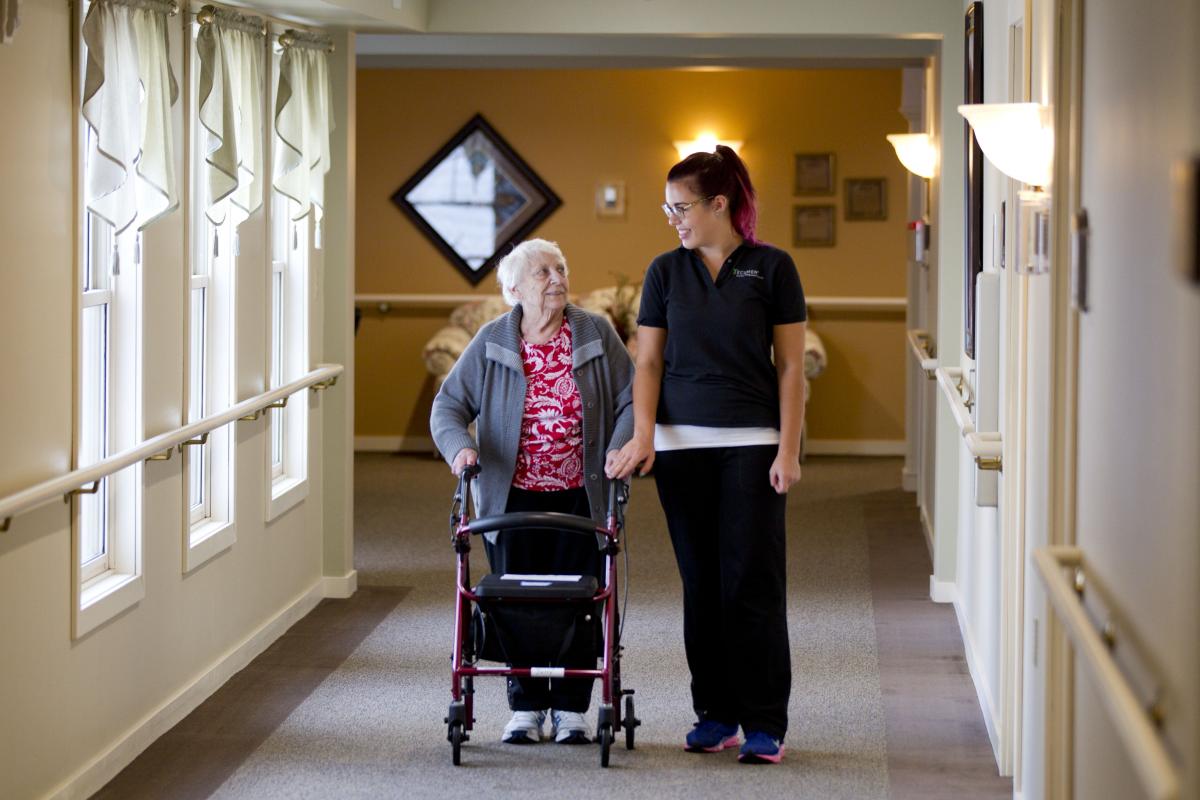Tips for Talking With Older Patients
In honor of Nurses Week, the National Institute on Aging offers best practices for health professionals when communicating with older patients.

In honor of Nurses Week, the National Institute on Aging (NIA) offered an article that details the best practices for health professionals that will result in effective and positive communication with older patients.
According to the article, “Effective doctor-patient communication has research-proven benefits: Patients are more likely to adhere to treatment and have better outcomes, they express greater satisfaction with their treatment, and they are less likely to file malpractice suits.”
The aim of this article is to “introduce and/or reinforce communication skills essential in caring for older patients and working with their families.” According to the NIA, it is important to recognize that, with older patients, communication can involve special issues, such as: 
- How can you effectively interact with patients facing multiple illnesses and/or hearing and vision impairments?
- What's the best way to approach sensitive topics, such as driving abilities or end of life?
- Are there best practices to help older patients experiencing confusion or memory loss?
In conclusion, the article offers three very important points to remember:
- Stereotypes about aging and old age can lead patients and healthcare professionals alike to dismiss or minimize problems as an inevitable decline of aging. What we're learning from research is that aging alone does not cause illness nor does it automatically mean having to live with pain and discomfort.
- Many of this resource's suggestions may appear at first glance to be time-consuming; however, an initial investment of time can lead to long-term gains for clinicians. You may get to know your patient's life history over the course of several visits rather than trying to get it all in one session, for example.
- Older patients are not all the same. You may see frail 60-year-olds and relatively healthy 80-year-olds. Your patients probably are culturally diverse, with varying socioeconomic and educational backgrounds. Some are quite active, while others may be sedentary. The techniques offered here encourage you to view all older people as individuals who have a wide range of healthcare needs and questions
Read the full article: Talking With Your Older Patient: A Clinician's Handbook
For other Wellness Wednesday content, visit:
